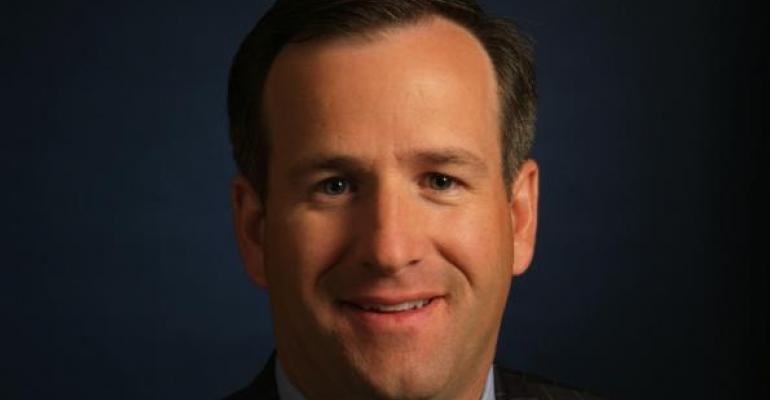Every year around this time, close to half of all Americans engage in a traditional rite of self-improvement: making New Year’s resolutions. The most popular declarations by far tend to revolve around becoming healthier, finding a new job or learning a new skill or hobby. Some of us succeed and more of us fail – but in the end, the important thing is to try.
Year-end is also a busy time for financial advisors, many of whom will be meeting with clients to review plans and put strategies in place for the coming year. The stock market rebound we’ve seen in 2013 should make for a pleasant conversation starter. But as we know, past performance does not guarantee future results – and adjustments often need to be made to keep pace with markets that can change on a dime.
With this in mind, here are five New Year’s resolutions that can go a long way toward helping advisors and their clients sustain the momentum in 2014. The suggestions are based on recent research findings released in September by Natixis Global Asset Management.
- Focus on risk first in your client reviews. Risk should always be front and center, and there’s no time like the present to help your clients better understand the risks in their portfolios. Of the 750 U.S. investors surveyed, seven in ten (70%) investors say asset growth is becoming more of a priority, and this is reflected in the record $330 billion of inflows we’ve seen in 2013 to all U.S. listed equity mutual funds and ETFs. At the same time, three-quarters (76%) admit that they don’t have a solid understanding of risk even as they reacquaint themselves with more aggressive investments. It’s important to impress upon clients that they can’t have return without investment risk, and that risk is actually a more stable variant in a portfolio than return over time. Putting risk first can provide a more stable foundation as clients pursue their goals, and conducting periodic risk “audits” can help determine whether they are taking on too much or too little risk along the way.
- Engage clients in frank discussions about retirement needs and expectations. After all the investing turmoil we’ve seen in this young century – the technology bubble, September 11, accounting scandals, a housing downturn and perhaps the most damaging financial crisis since the Great Depression – markets have shown their resilience. So it’s not surprising that while retirement savings deficits persist, most investors believe they will eventually reach their goals. Most, however, are shortchanging the amount of income they’ll need in retirement, and many are underestimating the corrosive power of future health-related costs. For example, while a large majority of advisors (79%) cite long-term care costs as a top threat to their clients’ retirement security, only 40% of their clients agree.
- Research and adopt new technologies that can maximize your time. Advisors face a daily tug-of-war between serving the needs of existing clients and pursuing new ones. In fact, they tell us they spend nearly twice as much time on general administration and compliance-related tasks as they do seeking new clients. Spend some time in 2014 researching technologies that can help you manage administrative tasks and free up valuable time for business building. One way to quickly assess how wisely you’re investing your time is to ask yourself whether you’re transacting or transforming. Transacting is doing a task that can be handled by technology or a member of your team, while transforming has the potential to alter your business or the lives of your clients. This simple framework – transacting vs. transforming – can be a powerful tool in protecting and valuing your time.
- May auld acquaintances… become younger. Advisor client bases mirror the general population: they are aging. Nearly eight in ten clients, on average, are 46 years of age or older, including more than one-third who are over age 67. Conversely, 43% of advisors say they are not proactively pursuing younger clients to help diversify their age mix and build practices that are more durable. Make a strong commitment to explore new ways to connect with younger investors, including increased use of social media channels.
- Satisfy your yearning for learning. Advisors say their top strength is explaining complex investment concepts to clients, yet many steer clear of introducing alternative strategies as an option due to their complexity. Seize opportunities to educate yourself more on the issues that matter most to you and your clients, including alternatives, retirement income strategies and new asset allocation and portfolio construction techniques.
A recent study on New Year’s resolutions – yes, there are studies and statistics for everything – found that one of the top ten promises Americans make each year is to help others reach their dreams. Advisors who follow through on one or more of these five resolutions can put a check mark next to that pledge, too.
Ted LeClair is senior vice president, Client Solutions Group, Natixis Global Asset Management – U.S. Distribution and Director of Natixis Advisor Academy.





